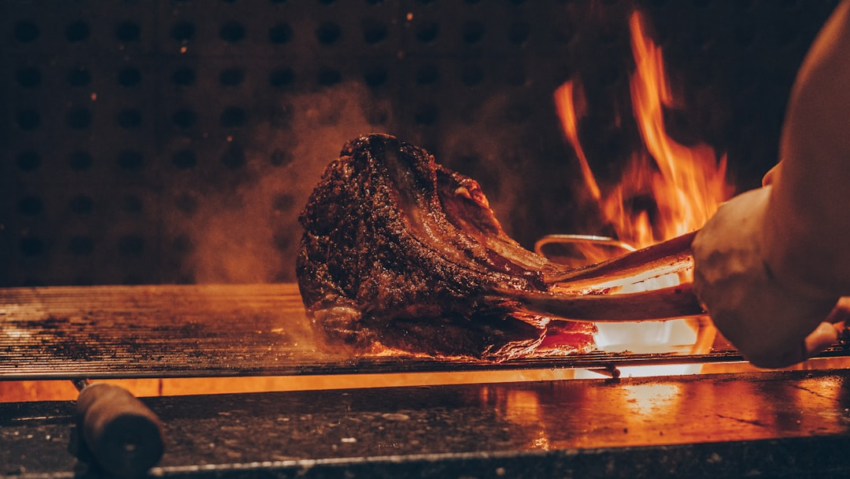Selecting the perfect rib cut (baby back, St. Louis, spare) for grilling is key to juicy BBQ ribs. Master seasoning with a dry rub, cook at 250-300°F for 3-4 hours, use indirect heat for even cooking, and brine ribs for moisture retention. Elevate flavor with glaze during final minutes of grilling. Follow these steps for an exceptional BBQ rib recipe grill experience.
Unleash your inner grill master with our ultimate guide to perfect barbecue ribs. From selecting the right cut for mouthwatering BBQ ribs to mastering nuanced grilling techniques, we’ve got you covered. Learn how to season your ribs to lock in flavor, embrace indirect heat cooking for tender results, and even explore the art of brining for maximum moisture. Top it off with a stunning glaze for a truly unforgettable BBQ rib recipe.
- Choosing the Right Cut for BBQ Ribs
- Seasoning: Locking in Flavor
- Grilling Techniques for Tender Ribs
- Mastering Indirect Heat Cooking
- The Art of Brining for Moisture
- Finishing Touches: Glazing for a Glossy Finish
Choosing the Right Cut for BBQ Ribs
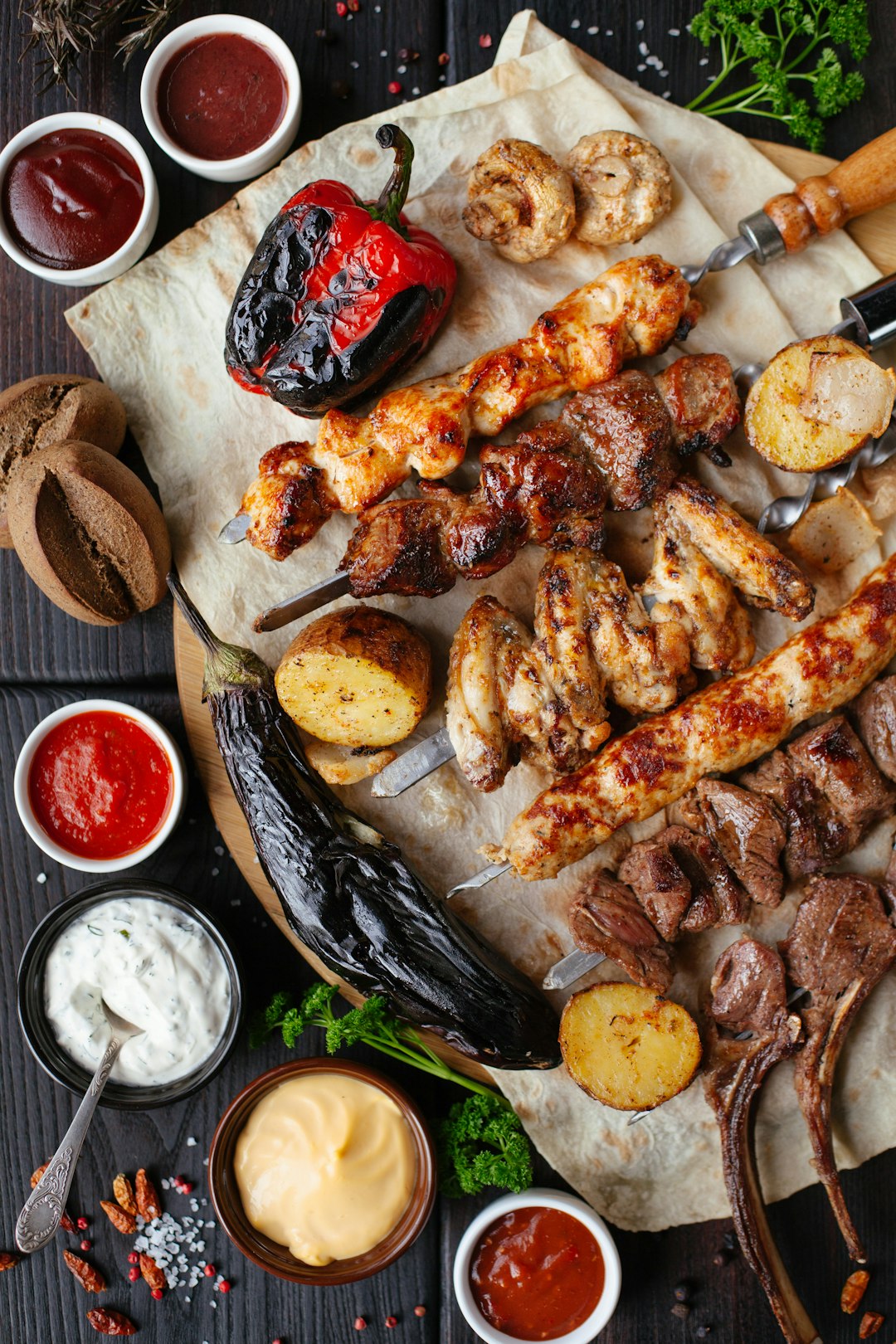
When it comes to grilling perfect barbecue ribs, selecting the right cut is half the battle won. Opting for rib cuts with more marbling and fat ensures juicy, tender meat that’s sure to satisfy any BBQ enthusiast. The most popular choice is baby back ribs, known for their balanced flavor and abundance of soft, edible fat, making them ideal for slow-cooking on the grill. Alternatively, St. Louis-style ribs, with their meaty spine bone removed, offer a different texture experience, charring up nicely while retaining moisture. For those looking to mix things up, spare rib cuts provide a heartier option, perfect for piling high on a plate and dipping into your favorite BBQ sauce.
Choosing the right cut is not just about taste; it also impacts cooking time and technique. Fatter cuts like baby back ribs may require longer grill times due to their higher moisture content, while thinner cuts like spare ribs might cook quicker but need careful attention to prevent overcooking and drying out. Understanding these nuances ensures that your BBQ ribs turn out perfectly every time, whether you’re a seasoned griller or just starting out on the delicious journey of smoking ribs.
Seasoning: Locking in Flavor

Seasoning is key when it comes to unlocking the full potential of your BBQ ribs. A well-seasoned rib can transform a simple grill session into an unforgettable culinary experience. The right blend of spices not only adds flavor but also acts as a natural barrier, locking in moisture and tenderizing the meat. For a classic BBQ rib recipe, a dry rub is typically used, combining ingredients like paprika, garlic powder, salt, pepper, and brown sugar to create a complex, smoky taste.
When applying seasoning, remember that less is often more. A heavy hand can overpower the ribs’ natural flavor. Focus on a generous coating, allowing the spices to adhere to every curve and crevice. For best results, start with a basic dry rub and adjust the recipe based on your preferences. Experimenting with different spice combinations will help you create a signature blend that keeps folks coming back for more.
Grilling Techniques for Tender Ribs
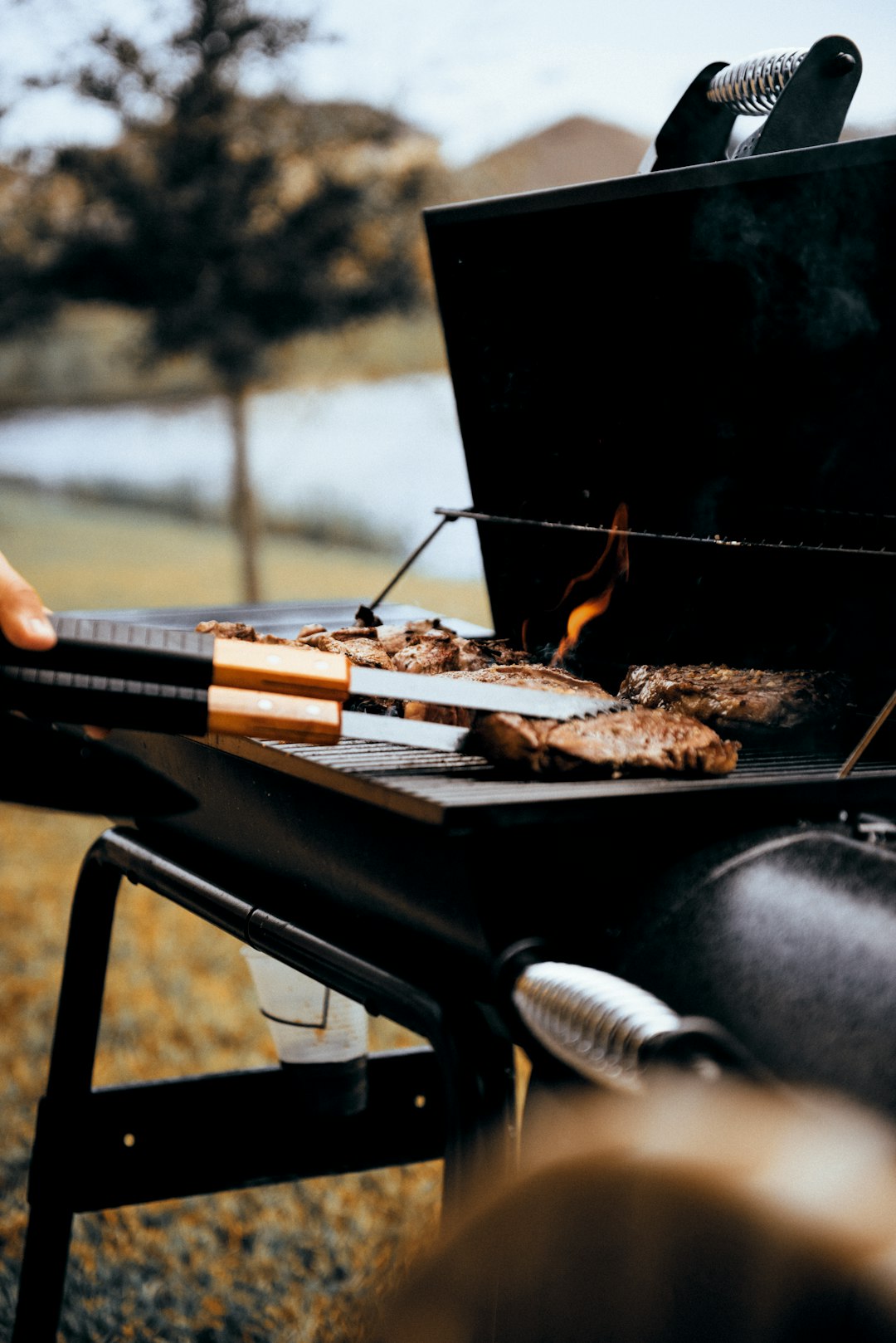
Achieving tender, perfectly grilled barbecue ribs requires a combination of the right ingredients and masterful grilling techniques. The key to success lies in slow cooking and consistent temperature control. Start by seasoning your ribs generously with a dry rub blend of spices like paprika, garlic powder, salt, and pepper. This step is essential as it not only adds flavor but also helps to dry the surface of the meat, creating a crispy exterior when grilled.
Preheat your grill to indirect heat, maintaining a temperature between 250-300°F (121-149°C). Place the ribs on the grill, bone side down, and close the lid. The slow cooking process allows the collagen in the meat to break down, resulting in tender, juicy ribs. Brush both sides of the ribs with your favorite BBQ sauce halfway through the grilling time for added moisture and flavor. Remember, patience is key; the longer you grill, the more tender your ribs will become.
Mastering Indirect Heat Cooking
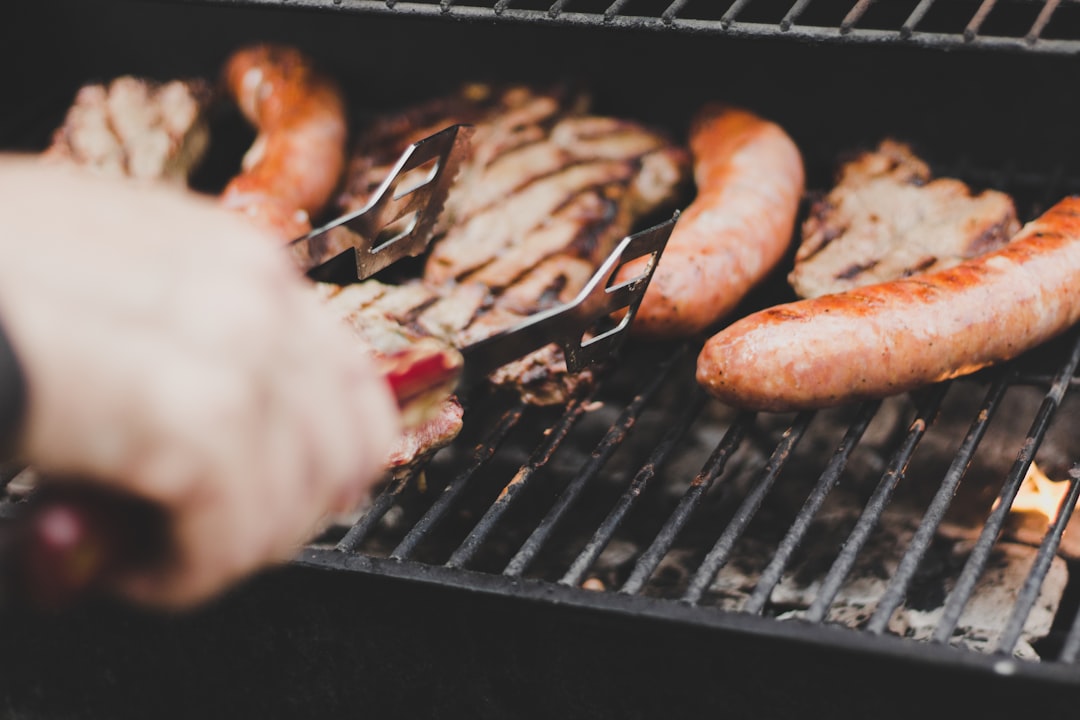
Mastering indirect heat cooking is key to achieving perfectly grilled barbecue ribs. Unlike direct heat, which can scorch the outside while leaving the inside raw, indirect heat ensures even cooking throughout the meat. This method allows for slow, steady temperature control, preventing your ribs from drying out or becoming tough. To achieve this, set up your grill with one side as a fire box and the other as a cooking area, creating a barrier between the heat source and the ribs. Maintain a low to moderate flame, allowing the smoke to permeate and infuse flavor. Regularly baste the ribs with BBQ sauce or a moist rub to keep them tender and add that extra layer of deliciousness.
The ideal temperature range for indirect cooking is around 225°F to 300°F (107°C to 149°C). This slow cook time allows the collagen in the ribs to break down, resulting in a tender, suck-in meat that glistens with juicy goodness. While this method may take longer than direct grilling, the end result is well worth the wait—perfectly cooked BBQ ribs that melt in your mouth. Remember, patience is paramount for achieving that mouthwatering, slow-cooked flavor that makes barbecue ribs a true culinary delight.
The Art of Brining for Moisture
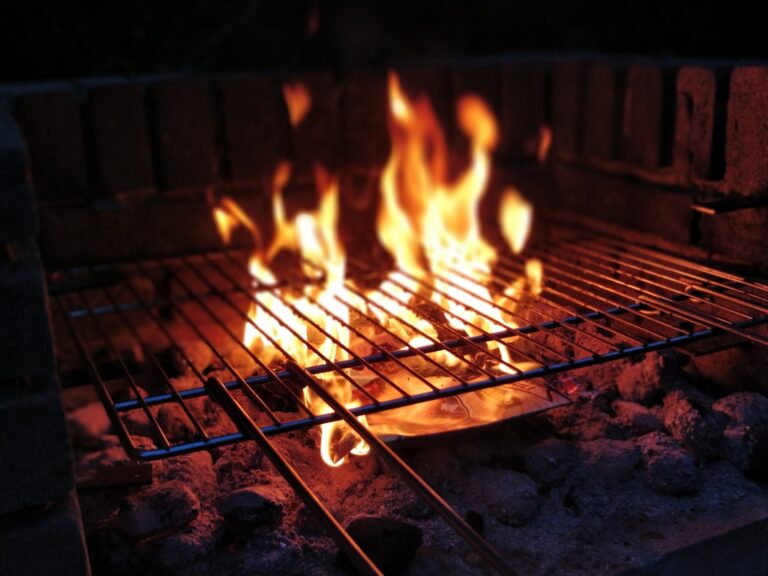
The key to achieving tender, juicy BBQ ribs lies in the brining process—a masterstroke that adds invaluable moisture. Brine acts as a magical elixir, permeating deep into the meat’s fibers and preventing overcooking. It’s a simple yet effective technique often overlooked but significantly contributes to the perfect grill experience.
When preparing your ribs for the BBQ, mix a solution of water, salt, sugar, and spices. Soak the ribs in this briny mixture for several hours or even overnight. This step ensures that the ribs not only gain flavor but also remain succulent during the high-heat grilling process. The result? Mouthwatering, tender rib meat that glistens with delicious moisture.
Finishing Touches: Glazing for a Glossy Finish

To achieve that mouth-watering, glossy finish on your perfect BBQ ribs, consider adding a glaze during the last few minutes of grilling. This simple step can elevate your rib recipe to a whole new level. A glaze not only enhances the flavor but also adds a beautiful shine, making your ribs look as good as they taste.
Choose a glaze that complements your preferred BBQ sauce—it could be a simple mix of brown sugar, vinegar, and mustard or a more complex combination with fruit juices, spices, or even chili. Brush it on generously towards the end of grilling to prevent burning, and watch as the sugars caramelize, creating a tantalizing, crispy coating.
